Which Monastery in Jerusalem To Visit
Fascinating history and artwork of ancient abbeys in the Holy Land
No visit to Israel is complete without visiting at least one monastery in Jerusalem.
Jerusalem and the surrounding hills are home to dozens of Christian monasteries. We have chosen six of the most intriguing abbeys worth visiting in the Jerusalem area, all brimming with fascinating history and art. Most are home to active monastic communities even today.
You can find the location of each monastery on the Monastery Jerusalem Map below.
Monastery Jerusalem
Monastery of the Cross
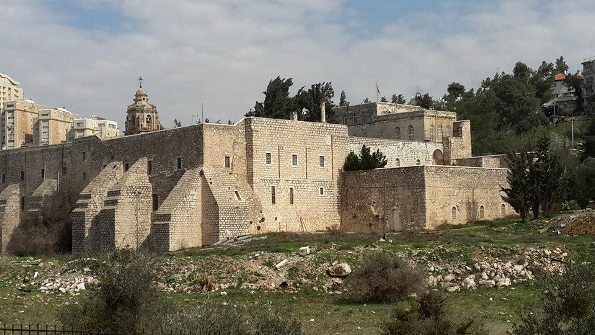
Today the Monastery of the Cross is a Greek Orthodox monastery located in a central Jerusalem neighborhood near the Knesset and the Israel Museum.
But at the time it was built in the 5th century and rebuilt 600 years later, it was far outside the city walls. Its no wonder that it looks more like a fortress than a monastery, its high medieval walls built to protect its inhabitants.
The monastery is full of beautiful frescoes and statues.

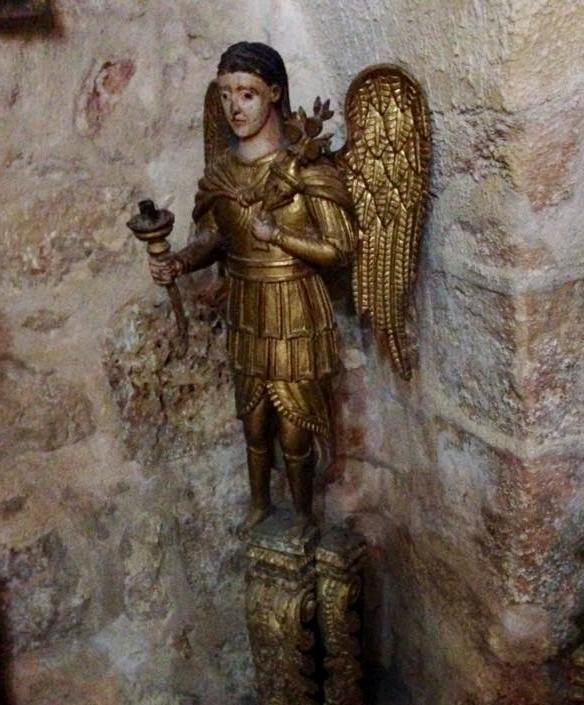
According to tradition, wood from a tree planted here in ancient times was used to make the cross of Jesus. Hence the name 'Monastery of the Cross.' You can visit the Holiest Room with the exact spot marked in bronze where the Holy Tree grew and was cut down, before its wood was transported to the Crucifixion site.
The monastery is open daily from 10 AM to 5 PM, except Sundays.
Find out more about the fascinating history of the Monastery of the Cross.
Monastery Jerusalem
Pater Noster
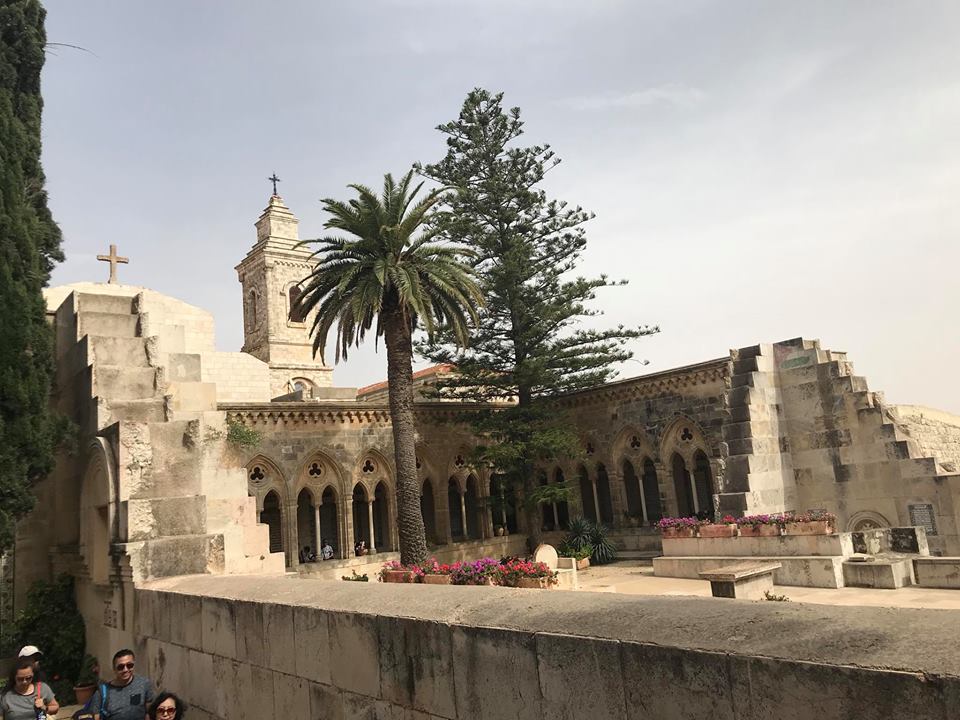
The Pater Noster Church and Carmelite Monastery stands on the Mount of Olives in Jerusalem.
Pater Noster is Latin for "Our Father' and the church is built over the cave where Jesus is believed to have taught his apostles the most famous Christian prayer that starts with 'Our Father, who art in heaven' - also known as The Lord's Prayer.
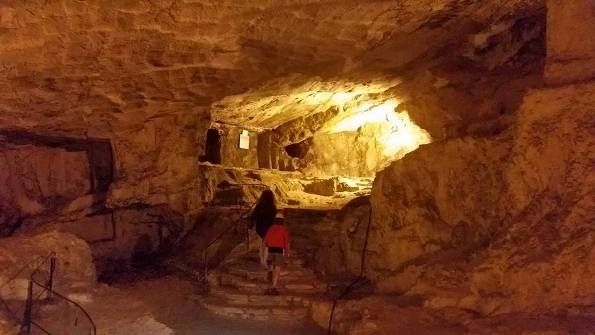
The cave has also been linked to the place of Christ’s ascension to heaven.
Today the walls of the Paster Noster are covered with ceramic plaques engraved with the Lord’s Prayer in 140 languages.
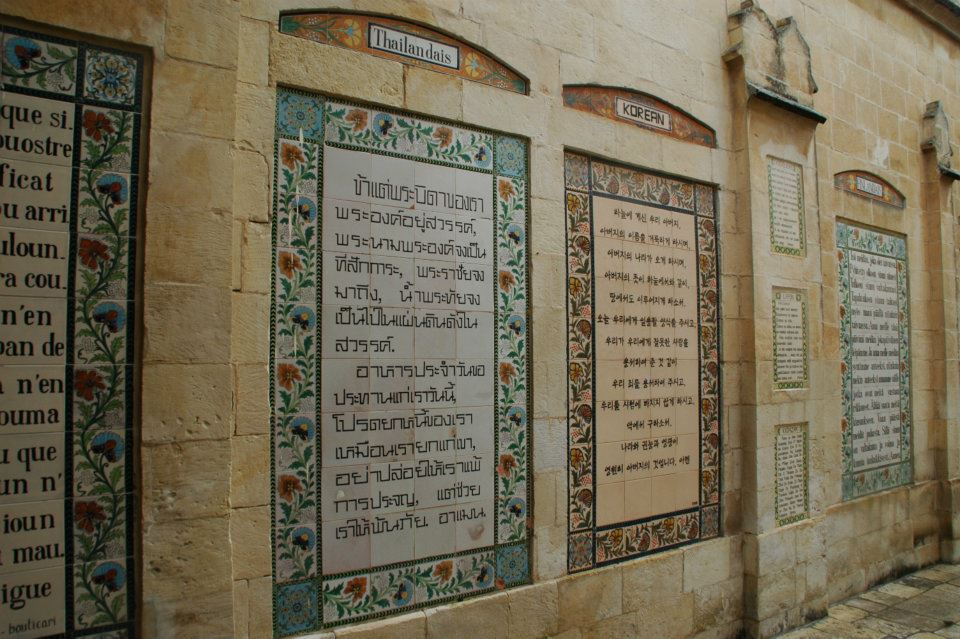
The Paster Noster is also known as the 'Sanctuary of the Eleona' since it was built alongside the surviving walls and ruins of the 4th century Church of Eleona, built by Helena (Emperor Constantine's mother).
The Church of Eleona was destroyed by the Persians in the seventh century. On its ruins, the Crusaders built the first Paster Noster Church. The Crusader Paster Noster Church fell into ruin after the Arab Mulim invasion in the Middle Ages.
The existing building were funded by the 'Princess de la Tour d'Auvergne' - the widow of a French lord who is buried in the Church. The entire area is owned by the French government.
The Paster Noster is open daily from 8 AM to noon, and from 2 PM to PM, except for Sundays.
Monastery Jerusalem
Dormition Abbey
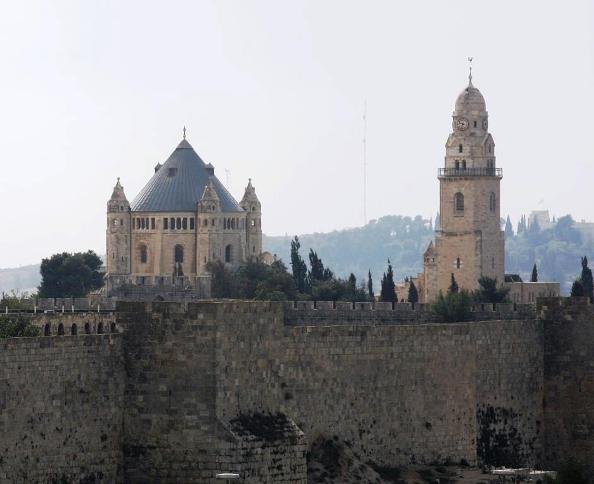
The majestic Abbey of the Dormition is located on Mount Zion just near Jerusalem's Old City walls.
This Benedictine monastery is a relatively new building from 1910. But this ancient place was home to many churches that were built and destroyed over the centuries, like so many monasteries and churches in Jerusalem.
One of the first churches anywhere in the world was built here on Mount Zion. It was called the Church of the Apostles and was built in the 1st century, shortly after the Romans destroyed the Jewish Temple in Jerusalem. Later in the 5th century, the Byzantines enlarged the church calling it the Hagia Sion.
Why is this location so important to Christians?
Tradition holds the the Virgin Mary died, or in the language of the New Testament, fell asleep at this very spot. That is the source of its name - 'Dormition' or Basilica of the Assumption.
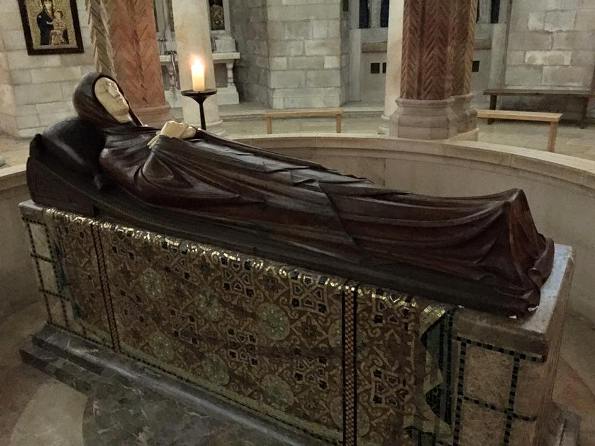
The reclining statue of Mary dying or falling asleep is one of the main attractions of the monastery, located in a lower-level crypt. Mary's wooden body was originally adorned with a gown made of silver and gold but it was destroyed in the wars.
The church is full of chapels and niches beautiful mosaics, paintings and statues depicting stories from scripture.
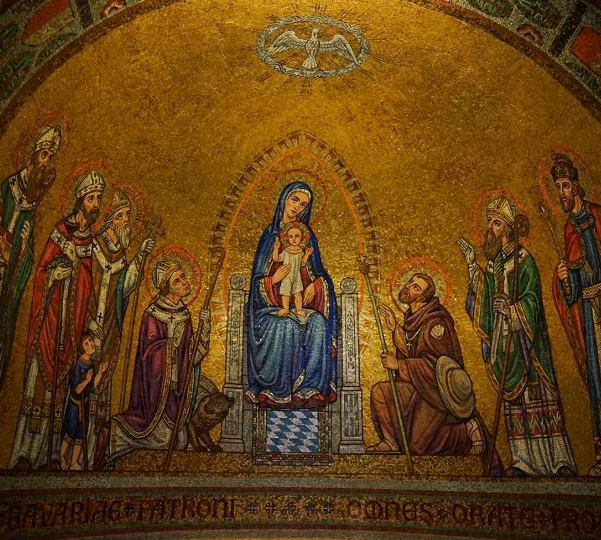
Dormition Abbey holds occasional organ concerts and choirs. The Benedictine monks here celebrate their faith with music.
Dormition Abbey is open to visitors Mon. to Fri. from 9 AM to 5:30 PM, and on Sundays from 11:30 AM to 5:30 PM. Note that the church is open only for worshippers when services are held.
Monastery Jerusalem
Visitation Church
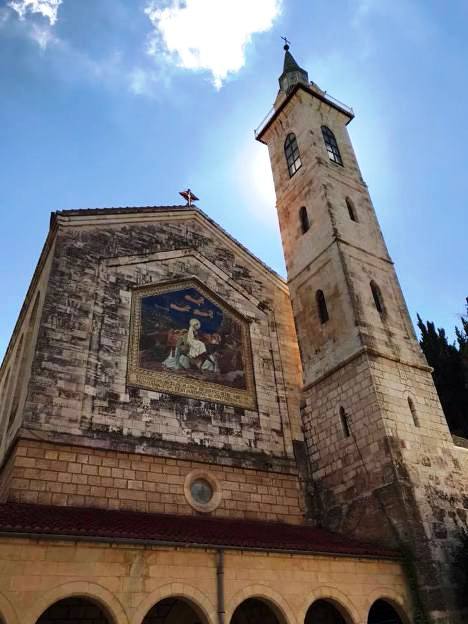
The Visitation Church and Franciscan monastery are located in the ancient, picturesque village of Ein Karem in the hills of Jerusalem. Ein means spring, and Kerem means vineyard - 'Spring of the Vineyard.' You can still see the terraces on which farmers cultivated olive trees and grapes.
It is a bit of a climb to get to the Visitation Church and Monastery but its worth ithe effort. The views of the mountains and quaint, village buildings are breathtaking.
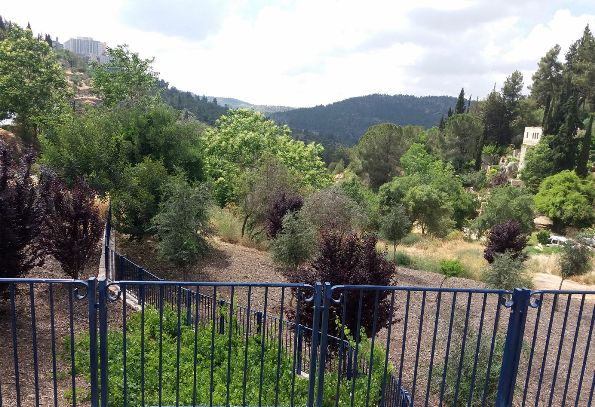
The Visitation church was built in 1955 by Antonio Barluzzi. Barluzzi was called the 'Architect of the Holy Land' and designed at least 20 churches in Israel on top of the ruins of ancient churches.
Like most other monasteries in the Jerusalem area, the original Visitation Church was built in the Byzantine era and repaired by the Crusades.
Why 'Visitation?" It is named after a famous visit - when the pregnant Virgin Mary traveled from faraway Nazareth in the Galilee to the summer house in Ein Karem of her cousin Elizabeth, also pregnant. Elizabeth's husband was the priest Zacharias and ELizabeth was pregnant with John the Baptist.
Mary met her cousin Elizabeth and sang the 'Magnificat', the famous song of gratitude to God from the Book of Luke.
On a wall in the churchyard are ceramic plaques with the Magnificat in over fifty languages.
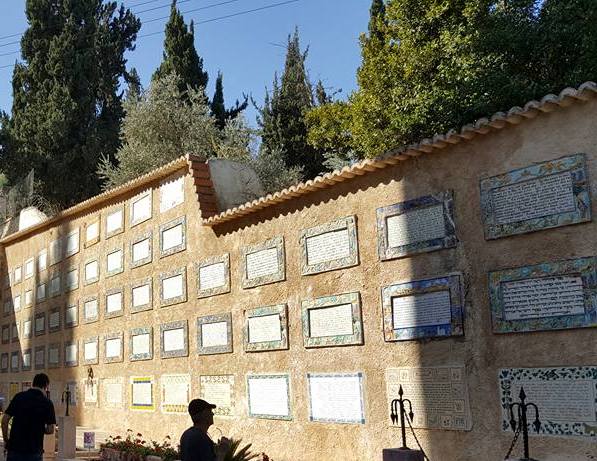
The church is covered in beautiful frescoes of Mary and depictions of stories from the New Testament.
If you ask permission and are lucky, go up to the upper church on the second floor, and look at the many, spectacular wall paintings and illustrations, many of which are remains from the Crusader church that was built atop the Byzantine church.
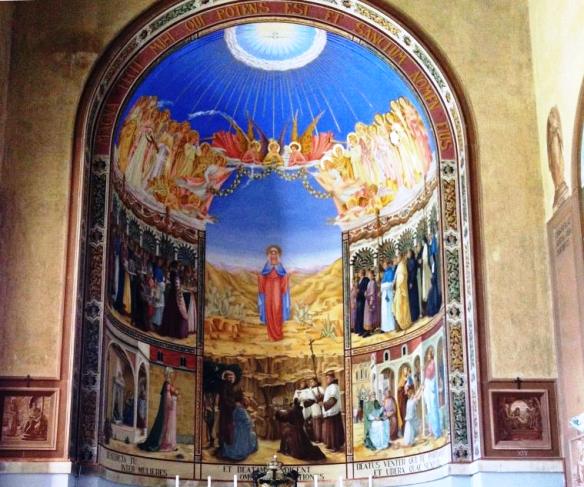
In the church is a tunnel leading to an ancient cistern from which John the Baptist and his parents drank.
Monastery Jerusalem
St. Mary's Benedictine Monastery
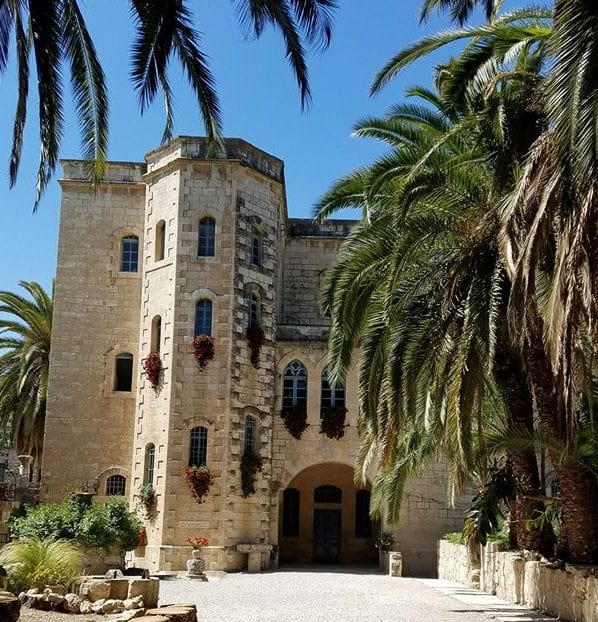
The Benedictine Monastery of St. Mary is located in the charming village of Abu Ghosh, on the outskirts of Jerusalem.
Abu Ghosh has ancient relics dating from 6,000 years ago!
The village is considered to be the Biblical site of 'Kiryat Yearim' where the Ark of Convenant resided for 20 years before King David brought it to Jerusalem. It is also thought of as the site of 'Emmaus" from the New Testament, where the resurrected Jesus spoke to two disciples. Hence the other name for St. Mary's Monastery - the Church of the Resurrection.
You can read more about Abu Ghosh here.
The beautiful monastery is remarkable.
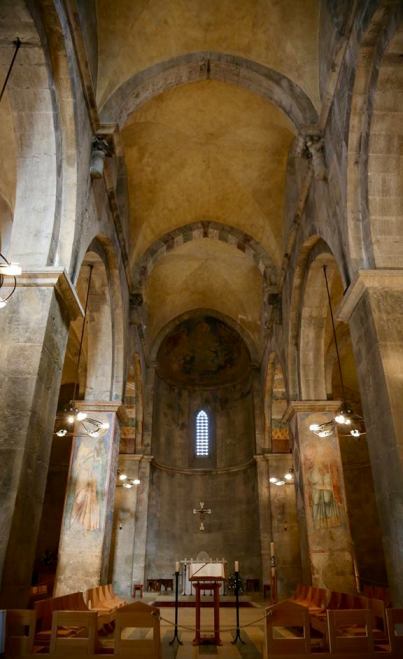
There are remaining mosaics from the Byzantine church which was destroyed. But unlike most other Jerusalem monasteries, it was never destroyed since its construction by the Crusaders in 1141.
You can enjoy the beautiful, original frescoes painted in the Crusader era.
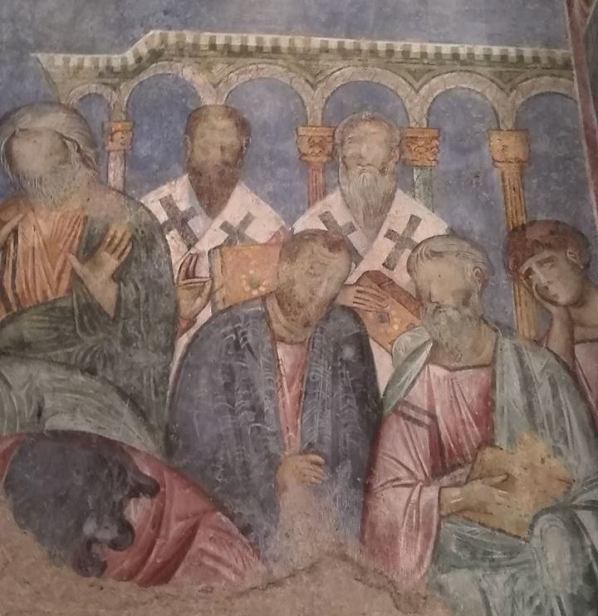
Uniquely, many of the frescoes have both Greek and Latin inscriptions in honor of the Eastern and Western partriarchates.
As a French Benedictine Abbey, most of the services are in French but also in Latin and even in Hebrew.
St. Mary's Monastery is open Monday to Saturday every day from 8:30 to 11:00 AM and in the afternoon from 2:30 to 5:30 PM, except on Sunday and Christian holidays.
Monastery Jerusalem
Mar Elias
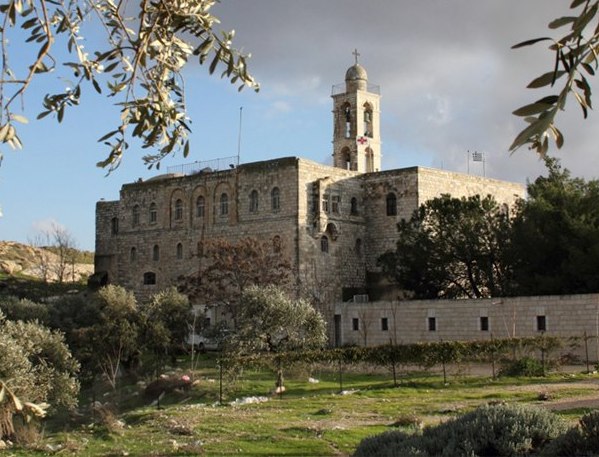
Mar Elias with its iconic square bell tower and fortress-like appearance is a Greek Orthodox monastery. Its located in south Jerusalem on the road to Bethlehem.
Like the other Jerusalem monasteries, it was originally built by the Byzantines in the 6th century and was rebuilt during the Crusader era after it was destroyed by an earthquake.
The name Elias signifies three people - St. Elias a monk from the Byzantine era, Elias, a Greek Orthodox bishop buried here in the Middle Ages, and the most important namesake, the prophet Elijah who stopped here to rest when he fled from the wrath of Queen Jezebel after he killed her prophets on Mount Carmel.
The monastery is famous for its beautiful altar area in the Eastern style -
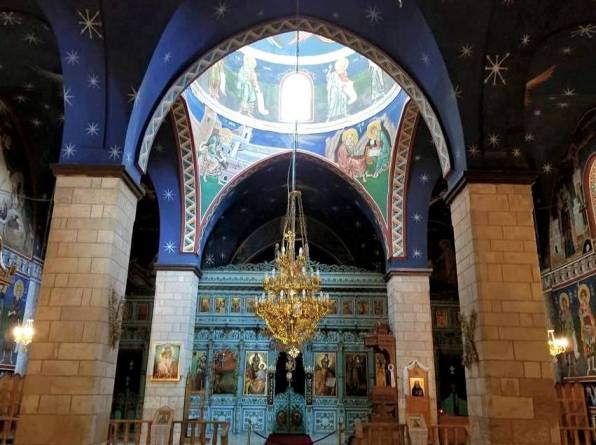
and its colorful walls painted from top to bottom depicting figures and tales from the Bible.
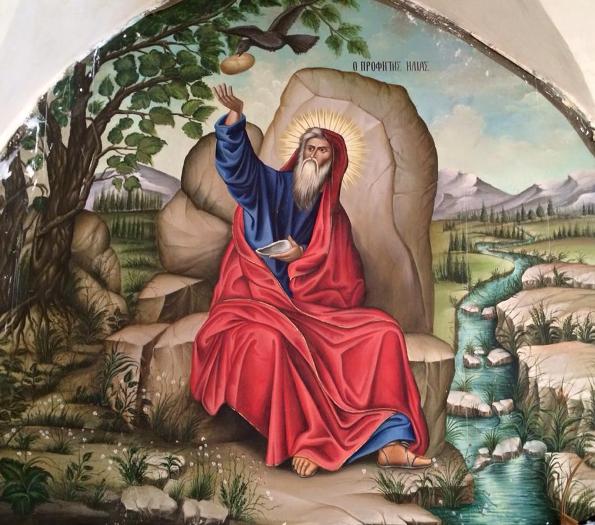
There is a lovely, ancient olive grove near the monastery and great views of the Judean Desert and the Dead Sea.
The entire area was a battlefield during Israel's War of Independence in 1948 and the Six Day War in 1967.
Mar Elias Monastery Jerusalem is open daily from 8 AM to 11 AM and from 1:30 to 5 PM. But we recommend you call before visiting at: +972-54-234-1469.
Interested in a private guide to help you explore several of Jerusalem's monasteries in a day? Find out more here.
You may also be interested in:
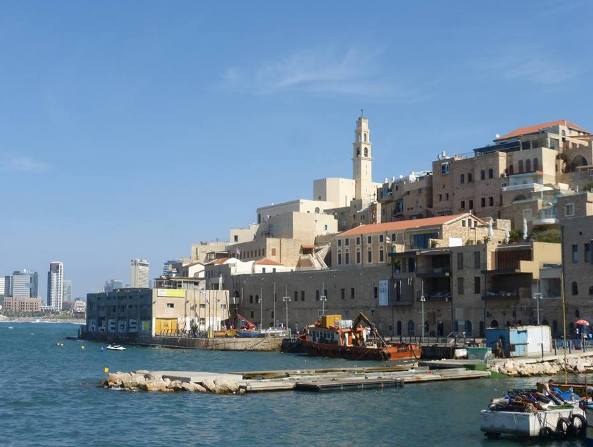
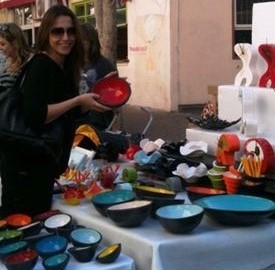
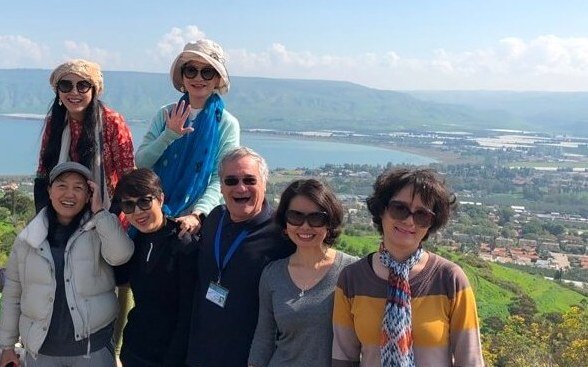
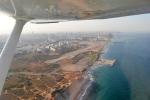
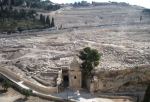
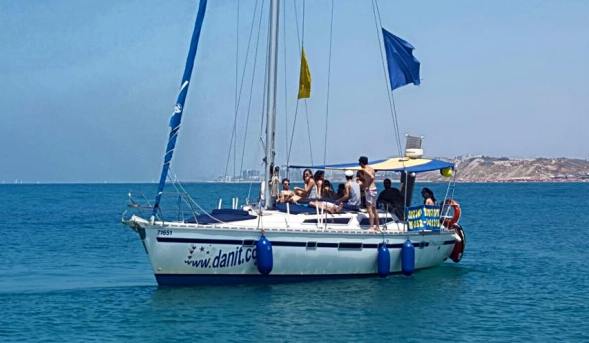
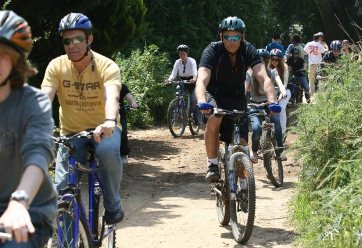
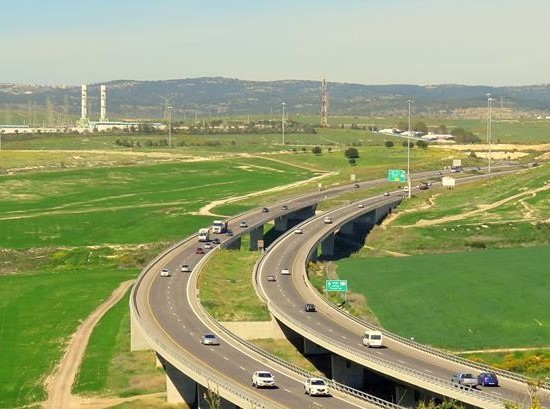
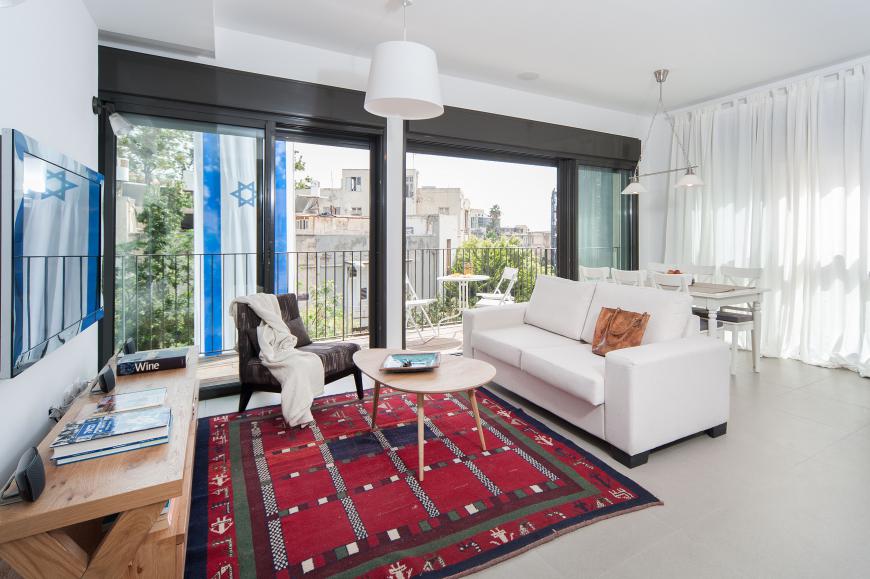
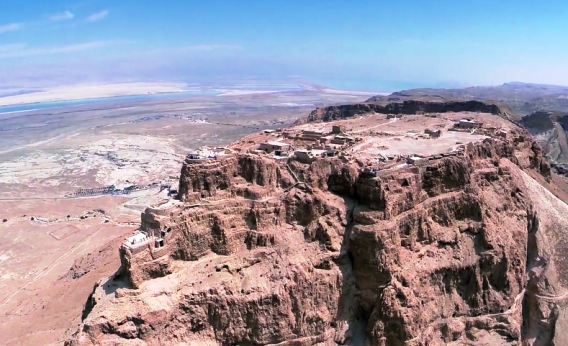
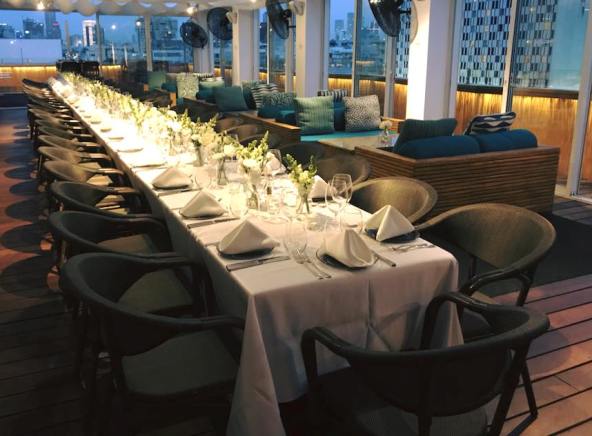
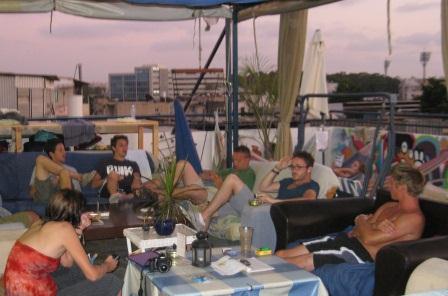
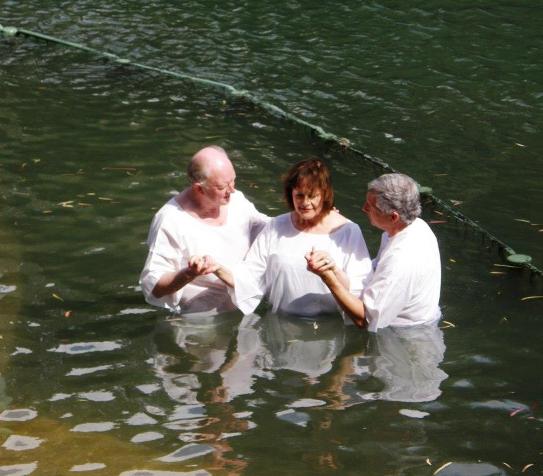
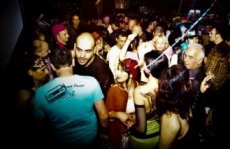
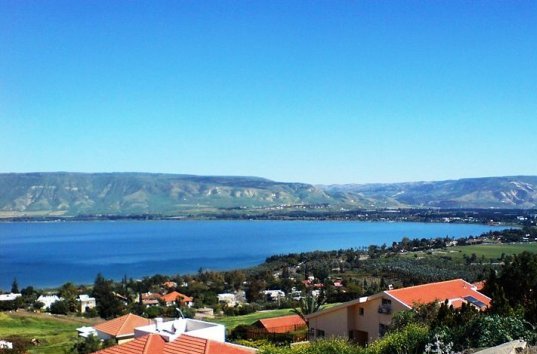
Facebook Comments
Enjoyed your visit? Have something to say? Why not leave a comment in the box below.